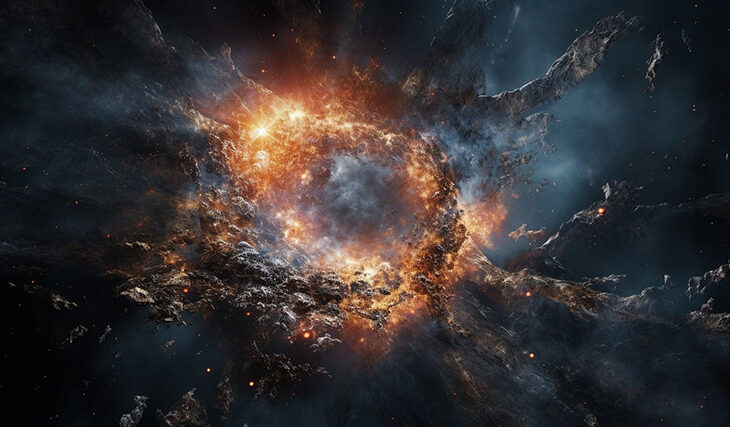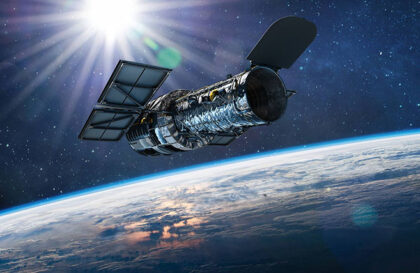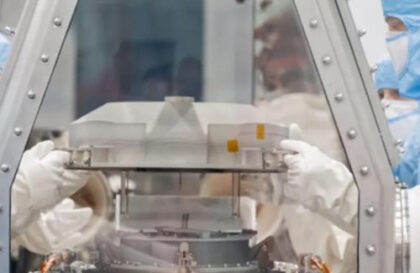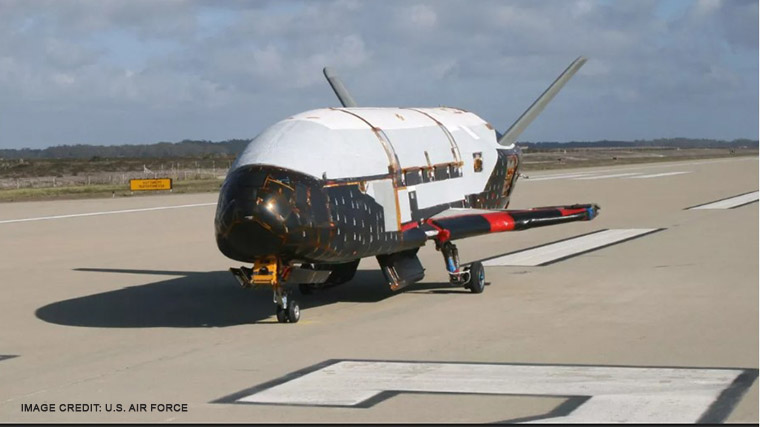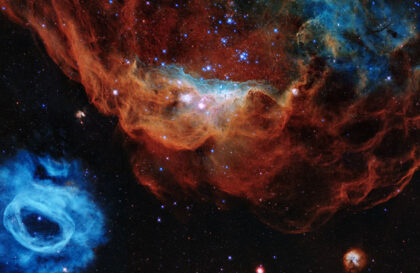On October 29, 2023, NASA launched a mission to study the site of a supernova explosion. The supernova in question was about 20 times the size of the Sun.
The formation of galaxies is significantly influenced by supernova stars, for example, the one responsible for creating the Cygnus Loop.
The Cygnus Loop is the remains of a star 20 times larger than our Sun. This star collapsed under its gravity and exploded into a supernova about 20,000 years ago. Astronomers predict that the intensity of the light produced during the explosion would be bright enough to be visible from Earth during the day, even if it was located 2,600 light-years away.
The nebula’s emission spans a diameter of about three degrees, six times wider than the full moon as seen from Earth. Due to the interaction with the surrounding interstellar medium, the shock wave produced complex filaments and arcs, which make the nebula a magnificent sight.
The outcome of this explosive event is still unclear as the cloud continues to expand at a staggering speed of 930,000 mph (1.5 million km/h).
Scientists and astronomers say that supernovae play a vital role in the grand cycle of life in the universe. These spectacular events are the source of all existing chemical elements heavier than iron, including those that build our physical forms.
The mission, known as INFUSE, is expected to quickly collect data on space debris, gathering this information within minutes from an altitude of 150 miles (240 kilometers).
Unlike previous missions, INFUSE will detect light in the far ultraviolet range, allowing it to observe gases with temperatures ranging from 90,000 to 540,000 degrees Fahrenheit (from 50,000 to 300,000 degrees Celcius). This will provide important information about the energy transfer process between the supernova and its environment.
The rocket will rise to an altitude of about 150 miles (240 km) and then descend back to Earth, carrying valuable data that will pave the way for future space exploration missions. Once the data is collected, the team plans to revive IFUSE and rerun it, maximizing its potential for new scientific advances.
Banner image: Credit: TS2 SPACE
Image credit:
https://ts2.space
